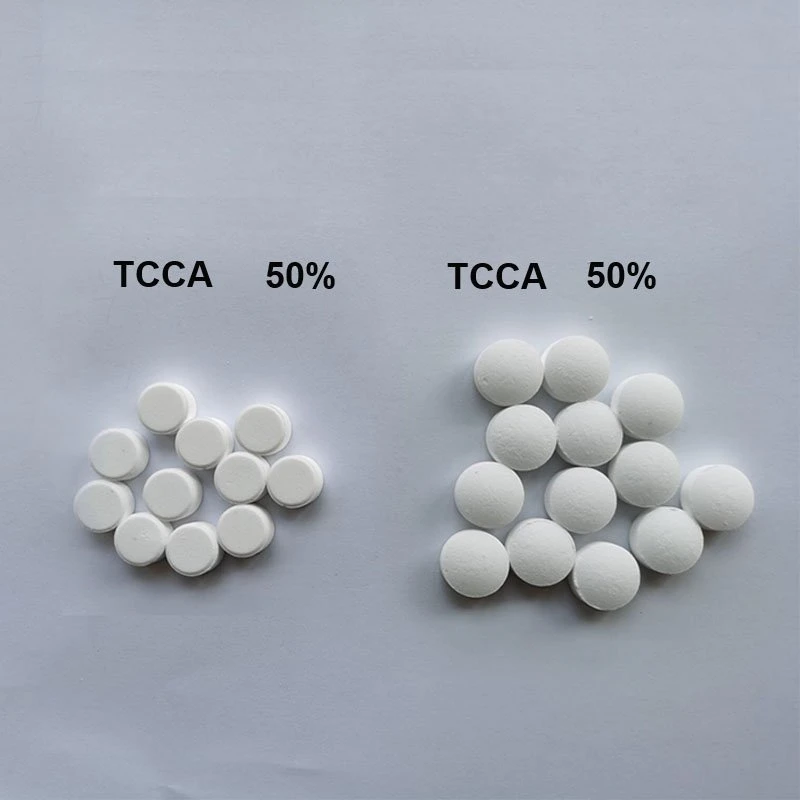



hydro chlorine dioxide
Understanding Hydrochlorine Dioxide Uses, Benefits, and Safety
Hydrochlorine dioxide, often referred to as chlorine dioxide, is a chemical compound with the formula ClO2. It is primarily known for its powerful oxidizing properties, making it an effective disinfectant and bleach. This article aims to delve into the uses of hydrochlorine dioxide, its benefits, and important safety considerations.
Uses of Hydrochlorine Dioxide
Chlorine dioxide has gained prominence in various sectors, primarily due to its efficacy in disinfection. In the water treatment industry, it is used to purify drinking water by eliminating pathogens such as bacteria, viruses, and protozoa. Chlorine dioxide is favored over traditional chlorine because it does not form harmful trihalomethanes, which can be a byproduct of chlorination.
In the realm of medical and healthcare environments, chlorine dioxide is increasingly utilized for disinfecting surfaces and equipment. Its ability to penetrate biofilms, which can harbor pathogens, makes it particularly valuable in preventing infection in hospitals and clinics. Furthermore, chlorine dioxide is employed in the food industry to sanitize equipment and surfaces, ensuring the safety and hygiene of food products.
Another interesting application of chlorine dioxide is in the textile and paper industries, where it is used as a bleaching agent. Its oxidizing properties allow it to whiten materials without the damaging effects associated with many traditional bleaching agents, thus preserving the integrity of the fabric or paper.
Benefits of Hydrochlorine Dioxide
The benefits of hydrochlorine dioxide are manifold. As a disinfectant, it demonstrates fast-acting properties against a wide range of microorganisms, making it an efficient choice for sanitation processes. Studies have shown that chlorine dioxide can eliminate 99.9% of bacteria within minutes of application, providing a high level of assurance in various settings.
hydro chlorine dioxide

Additionally, chlorine dioxide is recognized for its effectiveness over a broad pH range and its stability in different environmental conditions. Unlike chlorine, which can be rendered ineffective in the presence of organic matter, chlorine dioxide maintains its efficacy even when confronted with contaminants, ensuring reliable disinfection.
Another significant benefit is its minimal environmental impact. When used according to recommended guidelines, chlorine dioxide breaks down into harmless byproducts, primarily sodium chloride and oxygen. This characteristic is particularly appealing for industries looking to enhance their sustainability practices.
Safety Considerations
Despite the numerous benefits of hydrochlorine dioxide, it is essential to approach its usage with caution. The chemical can be hazardous if not handled properly. Exposure to chlorine dioxide can cause irritation to the respiratory system, skin, and eyes. Therefore, proper protective equipment should be worn when handling this substance in concentration.
Regulatory bodies, including the Environmental Protection Agency (EPA) and the World Health Organization (WHO), have established guidelines for the safe use of chlorine dioxide. It is crucial for industries to adhere to these regulations to ensure safety for workers and consumers alike.
Moreover, there has been controversy surrounding the promotion of chlorine dioxide as a miracle cure for various diseases, including COVID-19. These claims have been widely debunked by medical professionals and health organizations, emphasizing the importance of relying on scientifically backed information and avoiding unproven treatments.
Conclusion
Hydrochlorine dioxide stands out as a versatile chemical with extensive applications in water treatment, sanitation, and industrial processes. While its benefits are significant, responsible handling and adherence to safety guidelines are paramount to mitigate associated risks. As with any chemical, informed usage is key to harnessing its advantages while keeping health and safety at the forefront.
-
Why Sodium Persulfate Is Everywhere NowNewsJul.07,2025
-
Why Polyacrylamide Is in High DemandNewsJul.07,2025
-
Understanding Paint Chemicals and Their ApplicationsNewsJul.07,2025
-
Smart Use Of Mining ChemicalsNewsJul.07,2025
-
Practical Uses of Potassium MonopersulfateNewsJul.07,2025
-
Agrochemicals In Real FarmingNewsJul.07,2025
-
Sodium Chlorite Hot UsesNewsJul.01,2025










